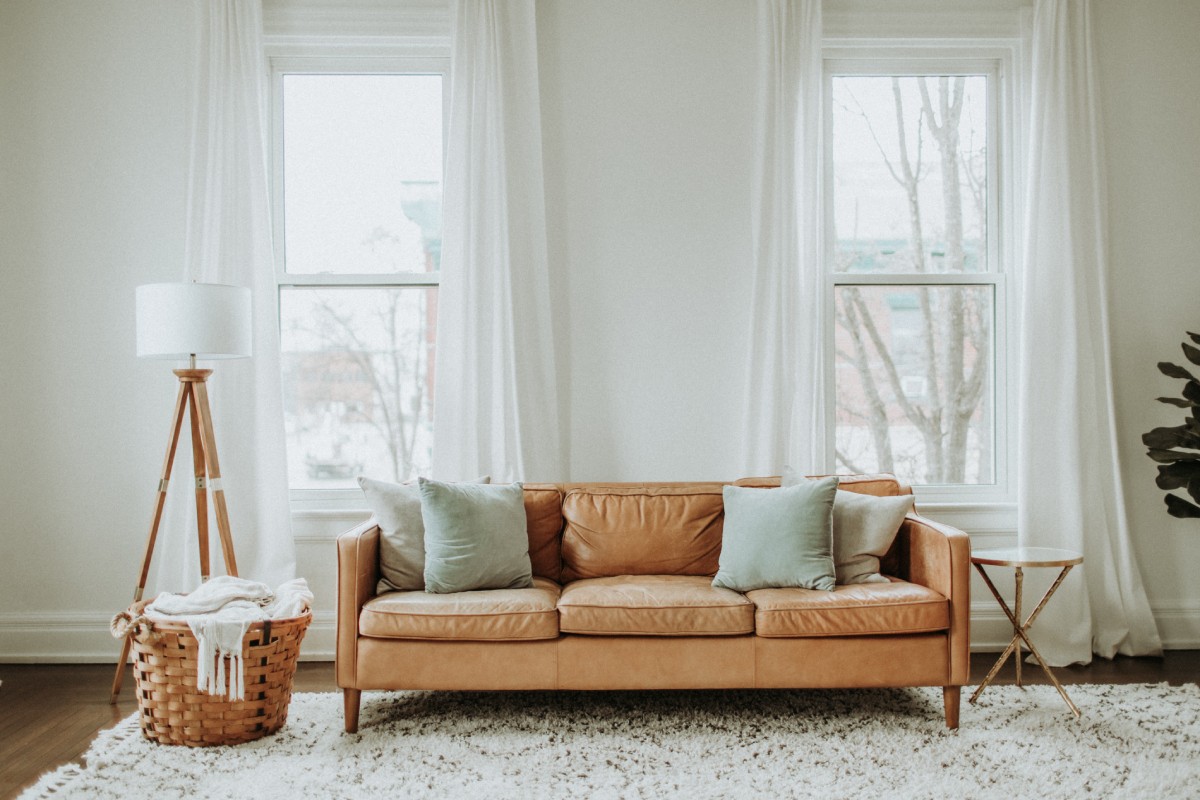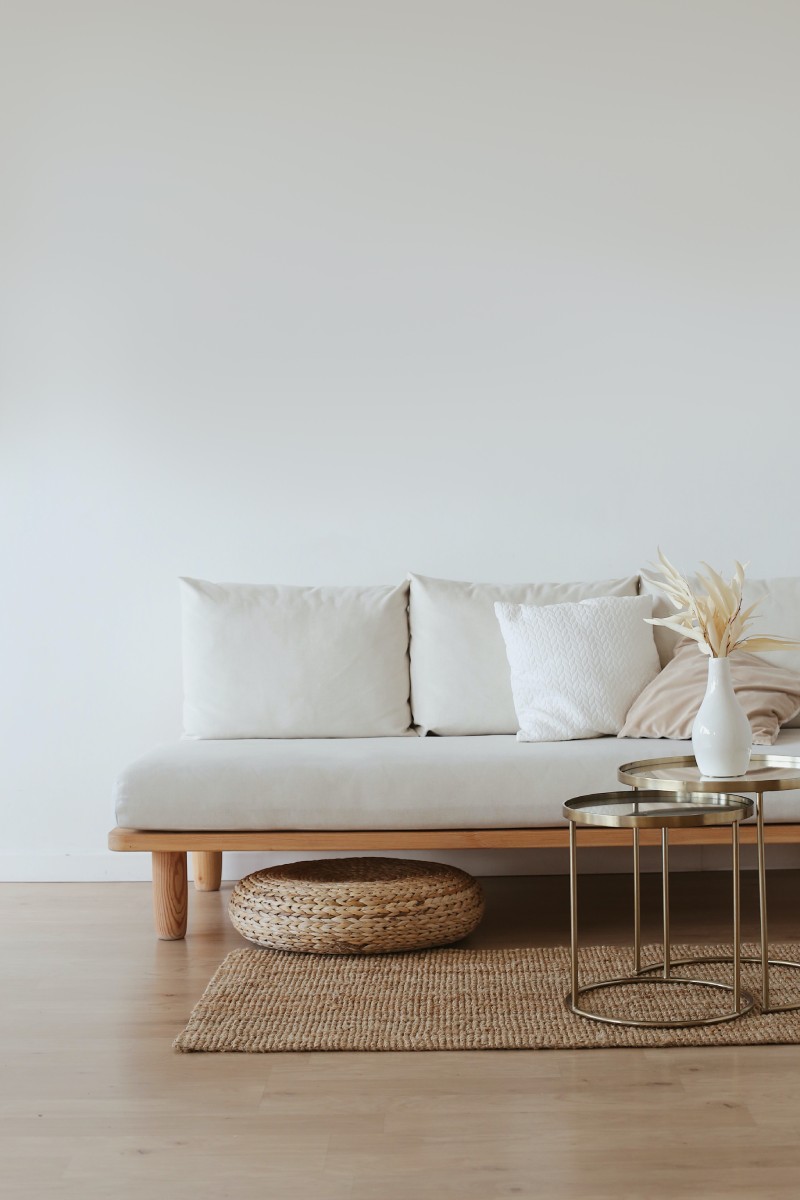Introduction
In a world often defined by material possessions, the idea of less is indeed more might seem counterintuitive. Yet, an increasing number of people are discovering the liberating power of minimalism, a lifestyle that champions simplicity, intentionality, and mindfulness.
Brief Explanation of Minimalist Living
Minimalist living is the pursuit of “less but better.” It’s a lifestyle choice that encourages the elimination of excess in favor of quality and purpose. It doesn’t just involve decluttering physical belongings, but it also extends to relationships, activities, and habits. The guiding principle is to prioritize items and experiences that add true value to our lives and discard those that don’t.
Connection Between Minimalism and Sustainability
Interestingly, minimalism isn’t just about personal freedom from the clutter that pervades our lives. It also represents a path towards sustainability, as it inherently promotes conscious consumption. By focusing on need and quality rather than want and quantity, we consume fewer resources, generate less waste, and alleviate the pressure on our environment.
The less we buy, the less demand we create, and the fewer resources are needed to meet that demand. The less we discard, the less waste we generate. The less clutter we have, the more mental space we create for meaningful pursuits. In essence, the minimalist approach empowers us to reduce our carbon footprint, our waste generation, and our environmental impact.
Purpose of the Blog Post
This blog post aims to delve deeper into the relationship between minimalist living and sustainability. It will explore the various facets of a minimalist lifestyle, from decluttering our homes and simplifying our routines to rethinking our consumption habits. It will highlight the environmental benefits of this lifestyle and provide practical advice for those looking to embark on this journey.
It is not a call for everyone to suddenly discard their belongings and live with the bare minimum. Instead, it is a plea for more conscious consumption, more intentionality in our choices, and more respect for the environment that sustains us. Ultimately, this post will illustrate that by embracing minimalism, we are not just enhancing our personal lives, but also contributing to the welfare of our planet.
Unpacking Minimalism
Minimalism, at its core, is about simplification and intentionality. However, the concept often becomes misunderstood and oversimplified as merely “owning less stuff.” Let’s delve into the philosophy and different types of minimalism, and see how it extends beyond material possessions.
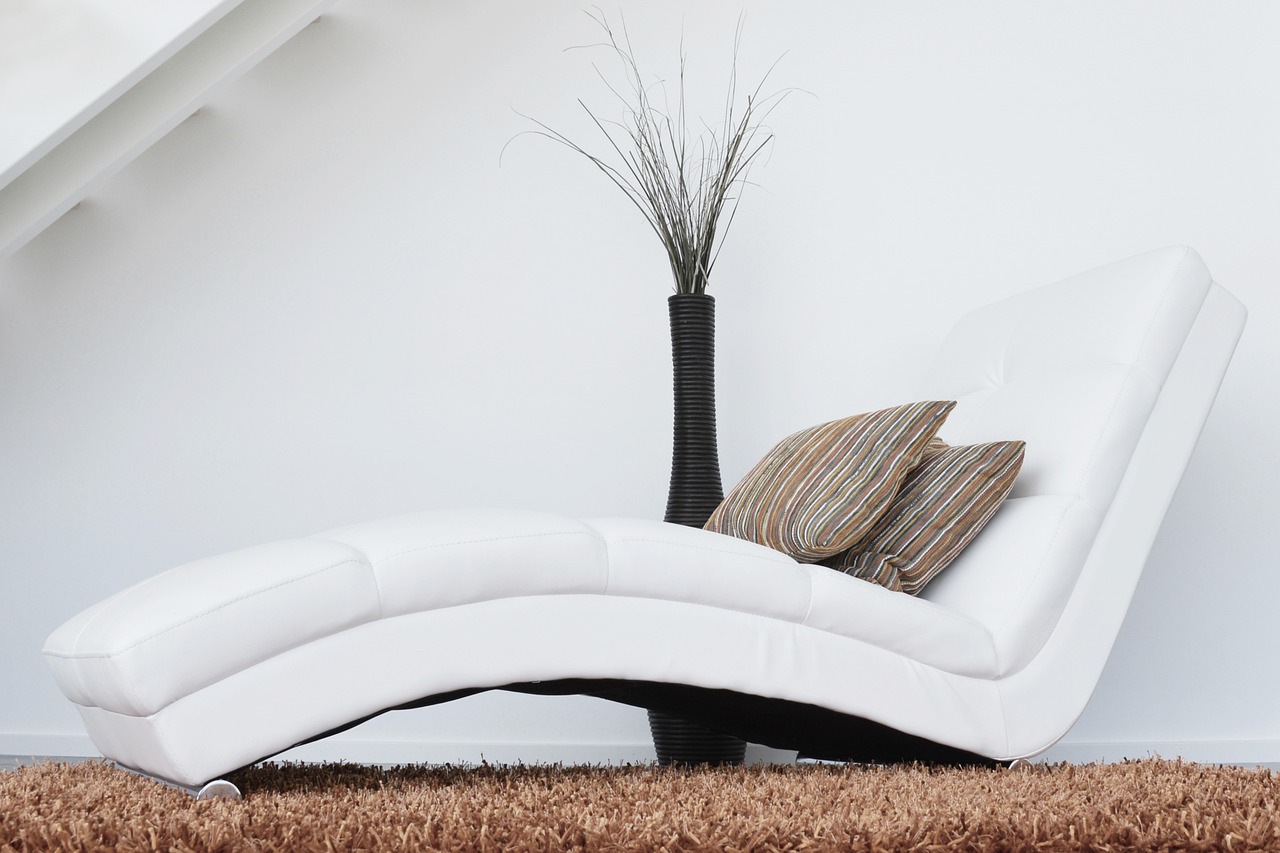
The Philosophy of Minimalism
The philosophy of minimalism isn’t about self-deprivation or austere living. Instead, it’s a purposeful elimination of excess to focus on what truly matters. Minimalists believe that by stripping away the non-essential, they can make room for purpose, fulfillment, and happiness. Minimalism isn’t the goal but a tool, a means to an end - the end being a life lived intentionally with things, people, and experiences that genuinely serve and uplift us.
Different Types of Minimalism
Minimalism is not a one-size-fits-all philosophy but rather a spectrum where everyone can find their comfort zone. Here are a few common types of minimalism:
-
Aesthetic minimalism is what most people visualize when they think of minimalism - a clean, sparse space with neutral colors and sleek design. It embraces the “less is more” mantra in a physical and visual sense.
-
Essential minimalism focuses on utility and purpose. Essential minimalists might own more than 50 items, but everything they possess serves a purpose or brings them joy.
-
Experiential minimalism prioritizes experiences over possessions. Experiential minimalists might spend more on travel, learning, and experiences but less on physical items.
-
Sustainable minimalism fuses minimalist living with environmental sustainability. Sustainable minimalists aim to reduce not just their physical possessions but also their environmental impact.
Minimalism Beyond Material Possessions
While minimalism often starts with physical decluttering, it extends much beyond. It seeps into our calendars, enabling us to prioritize tasks that align with our goals. It impacts our relationships, allowing us to invest in connections that nurture us. It affects our digital lives, inspiring us to manage our screen time and online interactions more intentionally. Minimalism can even influence our diet, prompting us to consume wholesome, unprocessed foods that nourish our bodies.
Ultimately, minimalism isn’t just about living with less; it’s about making room for more: more time, more peace, more meaningful connections, and more alignment with our values. By fostering intentionality, it empowers us to lead richer, more fulfilled lives and contribute positively to the planet’s health.
Environmental Impacts of Overconsumption
Overconsumption, a common characteristic of modern societies, has far-reaching implications for our planet. From accelerated resource depletion to overwhelming waste production, the environmental impact of our consumption patterns is immense. Understanding these impacts can underscore the need for a minimalist lifestyle and its role in fostering sustainability.

Waste Generation and Landfills
In a society driven by consumerism, products are often used briefly and then discarded. This consumption pattern results in enormous waste generation, much of which ends up in landfills. Not only do landfills take up valuable land space, but they also emit methane, a potent greenhouse gas that contributes to climate change. Moreover, the decomposition of certain products in landfills can lead to soil and water pollution.
Resource Depletion
Overconsumption also hastens the depletion of natural resources. From the minerals used in electronics to the petroleum used in plastics, our demand for goods and services puts intense pressure on the Earth’s resources. This rate of extraction is unsustainable, causing irreversible damage to ecosystems and threatening the resources’ availability for future generations. Overconsumption, therefore, presents a significant challenge to global sustainability.
Carbon Footprint of Goods and Services
Every product we consume carries a carbon footprint, which includes all the greenhouse gases emitted throughout the product’s life cycle, from production to disposal. This footprint includes emissions from extracting raw materials, manufacturing the product, and transporting it to the consumer. As a result, our consumerist lifestyles contribute significantly to global carbon emissions, accelerating climate change.
In addition, overconsumption often leads to redundancy. We buy more than we need, causing an unnecessary increase in carbon emissions. For instance, owning multiple vehicles or appliances that serve the same function not only wastes resources but also inflates our carbon footprint.
The good news is that by embracing a minimalist lifestyle, we can counter overconsumption and its environmental impacts. Minimalism challenges us to reassess our needs, reduce our waste, and make mindful decisions that align with sustainability. Through mindful consumption, we can lessen our environmental footprint, contributing to the well-being of our planet and future generations.
Minimalism as a Solution to Overconsumption
In the face of the ecological crisis spurred by overconsumption, minimalism presents a compelling solution. By focusing on what truly matters and avoiding excessive consumption, minimalist living can contribute significantly to environmental sustainability.

Reducing Personal Consumption
Minimalism encourages us to question our wants and needs, thereby reducing personal consumption. The philosophy suggests that less is indeed more; owning fewer material possessions can lead to a more fulfilling and less cluttered life. By actively choosing to buy less, we can significantly reduce waste generation, resource depletion, and our overall environmental footprint.
Promoting High-Quality, Long-Lasting Goods
One of the cornerstones of minimalism is the preference for quality over quantity. Instead of buying multiple low-quality items that need to be replaced often, minimalists tend to invest in high-quality, long-lasting goods. This preference not only reduces the amount of waste generated but also lessens the demand for new goods, resulting in lower resource consumption and fewer emissions associated with production and transportation.
Minimalism and the Circular Economy
At its core, minimalism aligns well with the concept of a circular economy, a system that aims to eliminate waste and the continual use of resources. It does so by creating a closed-loop system where resources are kept in use for as long as possible, waste is minimized, and materials are recycled or reused at the end of their life cycle.
In a minimalist lifestyle, one would avoid unnecessary purchases and dispose of items responsibly when they are no longer needed, thus supporting a circular economy. By selling or donating items, they can find a new life elsewhere rather than ending up in a landfill. Furthermore, by choosing products that are designed to be durable or recyclable, minimalists support companies that prioritize sustainable practices, influencing the market to become more circular.
From reducing personal consumption and promoting durable goods to supporting a circular economy, minimalism offers a practical and sustainable way of living that mitigates the environmental impacts of overconsumption. By adopting minimalist principles, we can contribute to a more sustainable world while living a more purposeful and clutter-free life.
The Economic Benefits of Minimalism
Minimalism isn’t just a means to declutter and simplify your life; it’s also a powerful economic tool. By prioritizing needs over wants and valuing quality over quantity, minimalism can bring significant financial benefits.
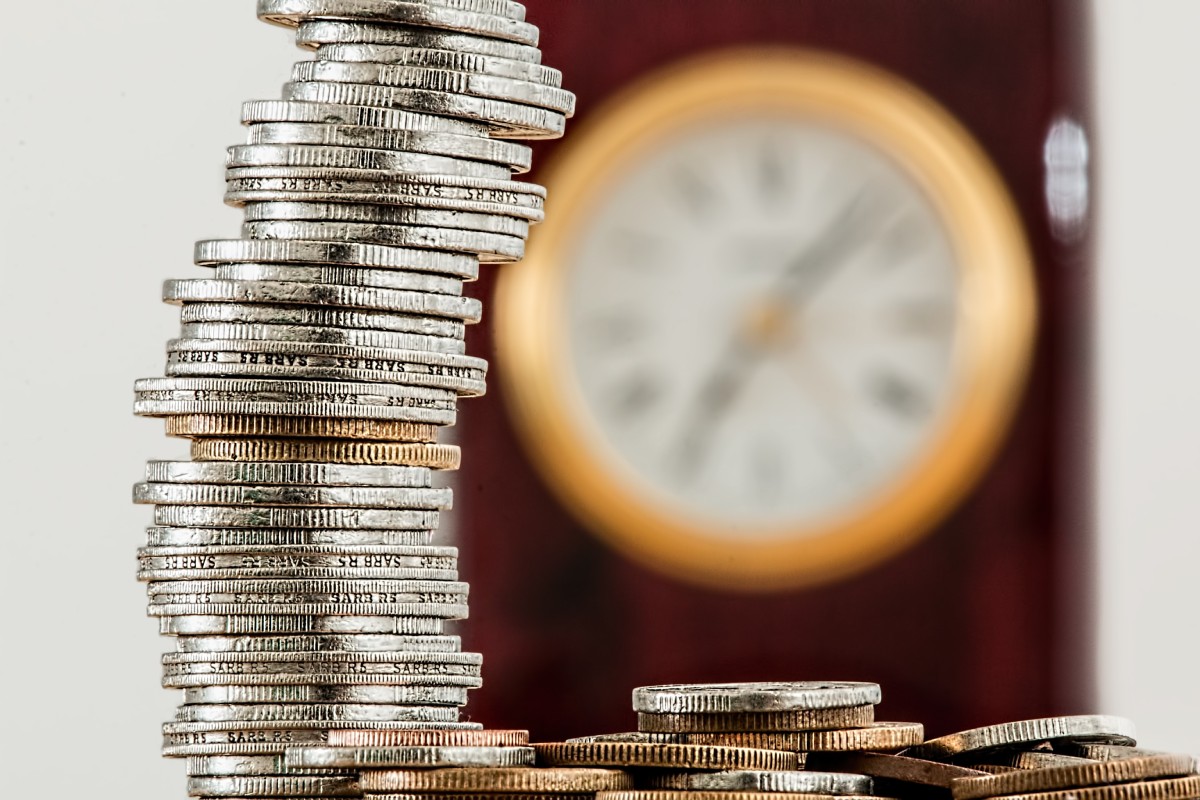
Saving Money by Buying Less
The most obvious economic advantage of minimalism is the money saved from buying fewer things. It is a straightforward concept; when you reduce your consumption, you spend less. Minimalism urges us to buy only what we need and what brings us value, resulting in considerable savings. It is an excellent remedy against impulsive buying and the attraction of fleeting trends that often lead to unnecessary spending.
The Hidden Costs of Ownership
Beyond the purchase price, owning more stuff incurs additional costs: maintenance, storage, and disposal, among others. Every item we own takes up space, demands our time for its upkeep, and can cause stress when it becomes obsolete or breaks down. The cycle of repair or replacement, often overlooked when making a purchase, can drain our wallets over time. Minimalism, by promoting fewer possessions, helps us avoid these hidden costs, further enhancing our financial wellbeing.
Minimalism and Financial Independence
By encouraging us to live below our means and avoid unnecessary expenses, minimalism can fast-track the journey to financial independence. Savings accrued from a minimalist lifestyle can be redirected towards investments, building an emergency fund, or paying off debts. As a result, financial stress decreases, and we gain more freedom to pursue things that truly matter to us.
Minimalism can contribute to significant economic advantages, from the straightforward savings made by buying less to the circumvention of hidden ownership costs. Furthermore, it can be a stepping stone towards financial independence, providing the freedom to focus on what truly matters. Minimalist living, therefore, isn’t just a choice for the environmentally conscious but also for those seeking economic prudence and financial wellbeing.
Minimalism for Mental Well-being
Minimalism transcends mere material possessions and consumption habits, reaching into the realms of mental and emotional well-being. By cutting out excess and focusing on what truly matters, minimalism can cultivate peace of mind and contribute to our overall mental health.
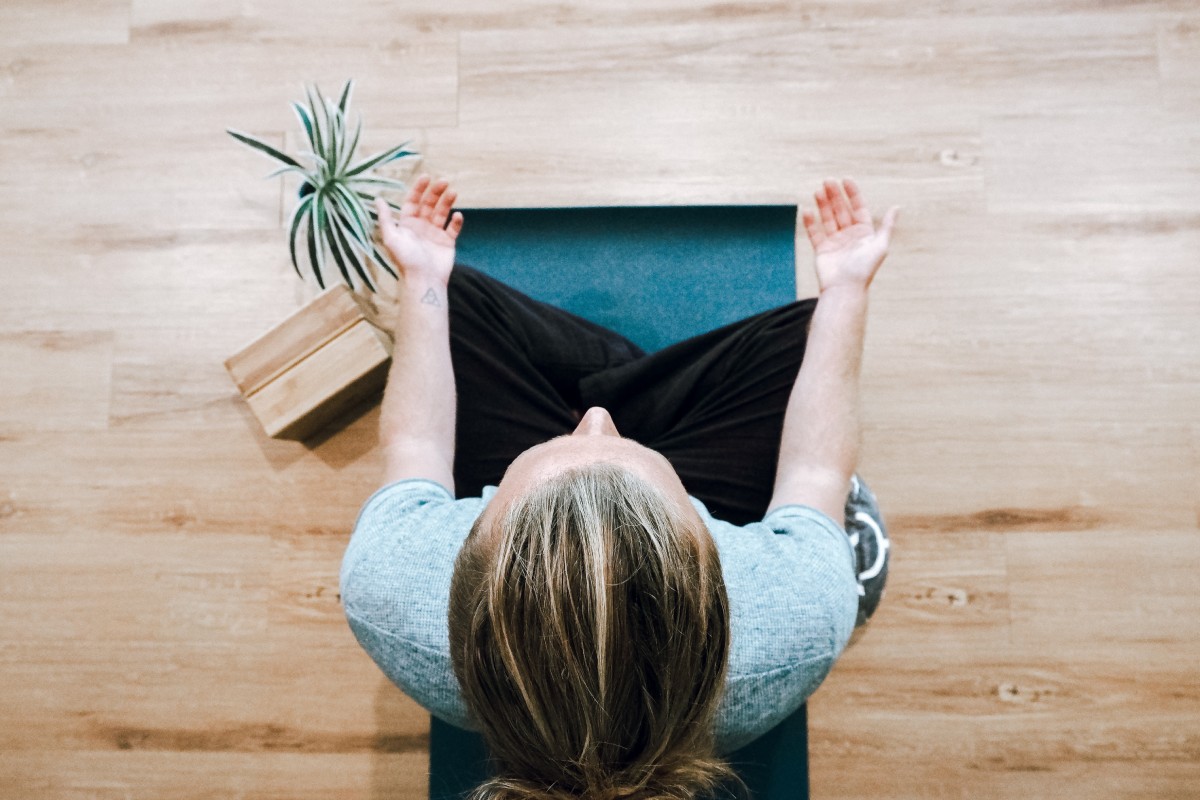
Reducing Stress and Clutter
There’s an intrinsic connection between our physical space and our mental state. Clutter can be a source of stress, distracting us and inhibiting our ability to focus. Minimalism combats this by advocating for less clutter, resulting in a serene and organized living space that fosters tranquility. Reduced clutter equates to less cleaning, less organizing, and subsequently less stress, freeing our minds to focus on more meaningful pursuits.
Focusing on Experiences Over Possessions
By reframing our perspective of what brings joy, minimalism encourages us to derive happiness from experiences rather than possessions. This shift in focus can increase our satisfaction with life, as experiences—like relationships, hobbies, and personal growth—tend to bring more lasting happiness than transient material goods. This focus on experiences over possessions promotes a greater sense of fulfillment and contentment.
Minimalism and Mindfulness
Minimalism and mindfulness go hand in hand. Both advocate for a purposeful focus on the present moment and an appreciation for what we have. By removing unnecessary distractions and noise, minimalism fosters an environment conducive to mindfulness. We can pay more attention to our surroundings, our actions, and our feelings, nurturing a sense of gratitude and a greater awareness of our own needs and desires.
Minimalism, in many ways, serves as a tool for promoting mental well-being. By reducing clutter and stress, redirecting focus towards experiences, and fostering mindfulness, it offers a path to a calmer, more centered life. As we navigate an increasingly complex and busy world, the benefits of minimalist living for mental well-being are more relevant and essential than ever.
Minimalist Living Spaces
The concept of minimalist living often conjures images of sparse, immaculate homes with only the barest of necessities. While this can be one manifestation, minimalist living spaces are as diverse as the people who create them. The common thread is the mindful selection and arrangement of possessions to create a space that brings peace, joy, and functionality.
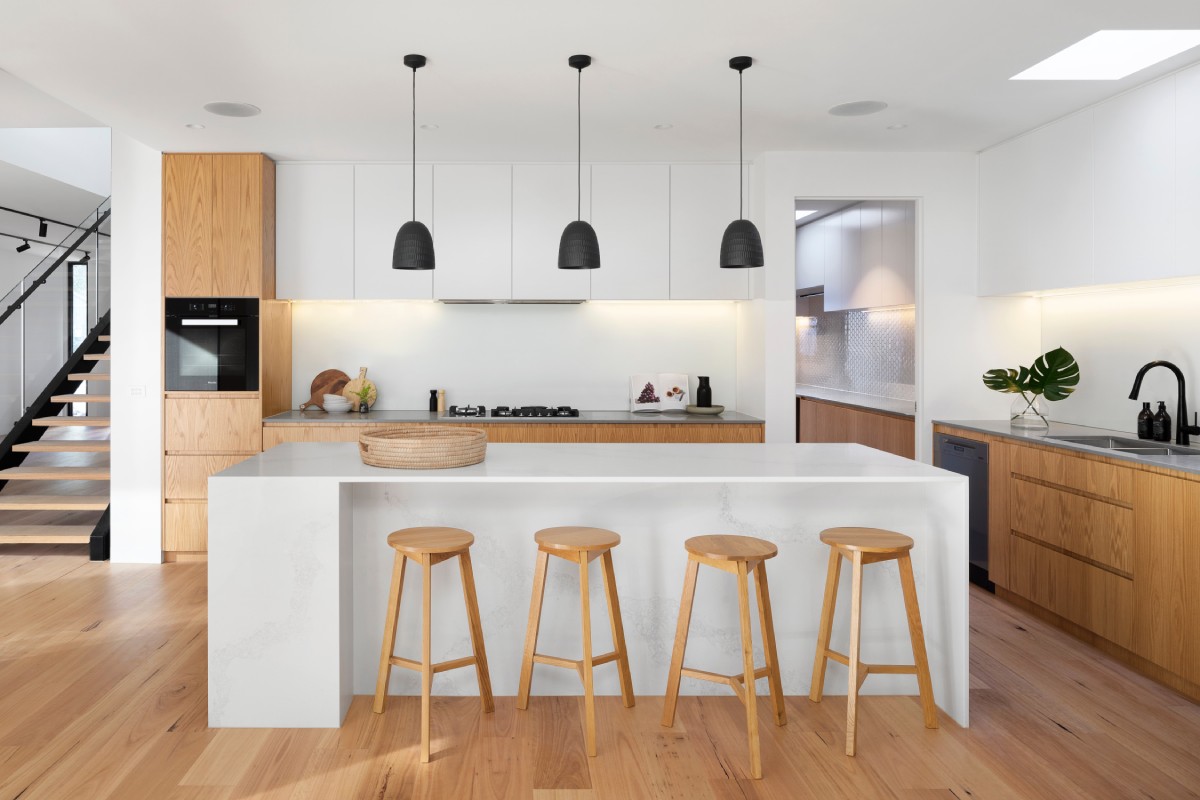
The Benefits of a Minimalist Home
A minimalist home offers myriad benefits. It is less cluttered, resulting in a tranquil environment where one can relax and focus. It can also be easier to maintain and clean, saving time and energy that can be devoted to other activities. Minimalist homes can also be more cost-effective, as they often involve purchasing fewer items and selecting quality, durable pieces that don’t need frequent replacement.
How to Create a Minimalist Living Space
Creating a minimalist living space does not mean you need to dispose of all your belongings and live in austerity. Instead, it’s about identifying what you truly need and love, and removing the rest. Start by decluttering, keeping only items that serve a purpose or bring you joy. Next, consider the layout of your space; strive for an arrangement that is simple, functional, and opens up the room. Finally, consider the aesthetics. Minimalist design often embraces neutral colors, natural light, and simple, sleek lines, but there’s room for personal preference and individuality within this framework.
Case Study: Tiny Houses
Tiny houses offer an extreme but enlightening example of minimalist living spaces. These homes, often no larger than 500 square feet, are a direct challenge to the conventional belief that bigger is better. Despite their small size, they are designed to be functional and comfortable, often using creative solutions to maximize space. Living in such a small space requires a commitment to owning fewer possessions and carefully considering each purchase. This minimalistic lifestyle can lead to lower living costs, reduced environmental impact, and more time and freedom for other pursuits.
Minimalist living spaces are a testament to the principle of ‘less is more’. By consciously choosing what we bring into our spaces, we can create homes that are functional, enjoyable, and in alignment with our values, all while reducing our impact on the planet.
Challenges and Critiques of Minimalism
While the benefits of minimalism are many, it would be remiss to not acknowledge the challenges and critiques associated with this lifestyle. These issues can add nuance to our understanding of minimalism and highlight areas for improvement and adaptation.

The Privilege of Minimalism
One of the most common critiques of minimalism is that it is a privilege. The ability to choose to have less presupposes that one has more than enough to begin with. This critique underlines the fact that for many, minimalism isn’t a lifestyle choice but a daily reality enforced by economic conditions. It’s important to recognize this distinction and acknowledge the socioeconomic structures that enable or constrain our choices.
Navigating a Consumer Culture
Living minimally in a consumer culture can also be challenging. Advertisements and societal norms often promote the idea that happiness and success come from owning more. Resisting these messages requires a level of consciousness and critical thinking that can be mentally exhausting. However, it can also be incredibly rewarding as we break free from societal pressures and define success on our own terms.
Balance in Minimalist Living
Another challenge is finding balance in minimalist living. It’s easy to go to extremes and feel guilty about any non-essential purchase. However, such strictness can make minimalism feel restrictive rather than liberating. The goal is not deprivation, but intentionality. Striking a balance between owning less and enjoying life can make minimalism more sustainable in the long run.
In summary, while there are challenges and critiques of minimalism, they do not negate its potential benefits. Instead, they provide a more nuanced understanding of the practice and its role in our lives and society. Minimalism, when practiced with an understanding of its broader context and potential pitfalls, can still be a valuable tool for personal and environmental well-being.
How to Start Your Minimalist Journey
Embarking on a minimalist journey is more than just reducing the number of your possessions—it’s about embracing a new way of thinking and living. It is a commitment to eliminating excess, living intentionally, and focusing on what truly matters to you. Here’s a quick guide to help you start your minimalist journey.
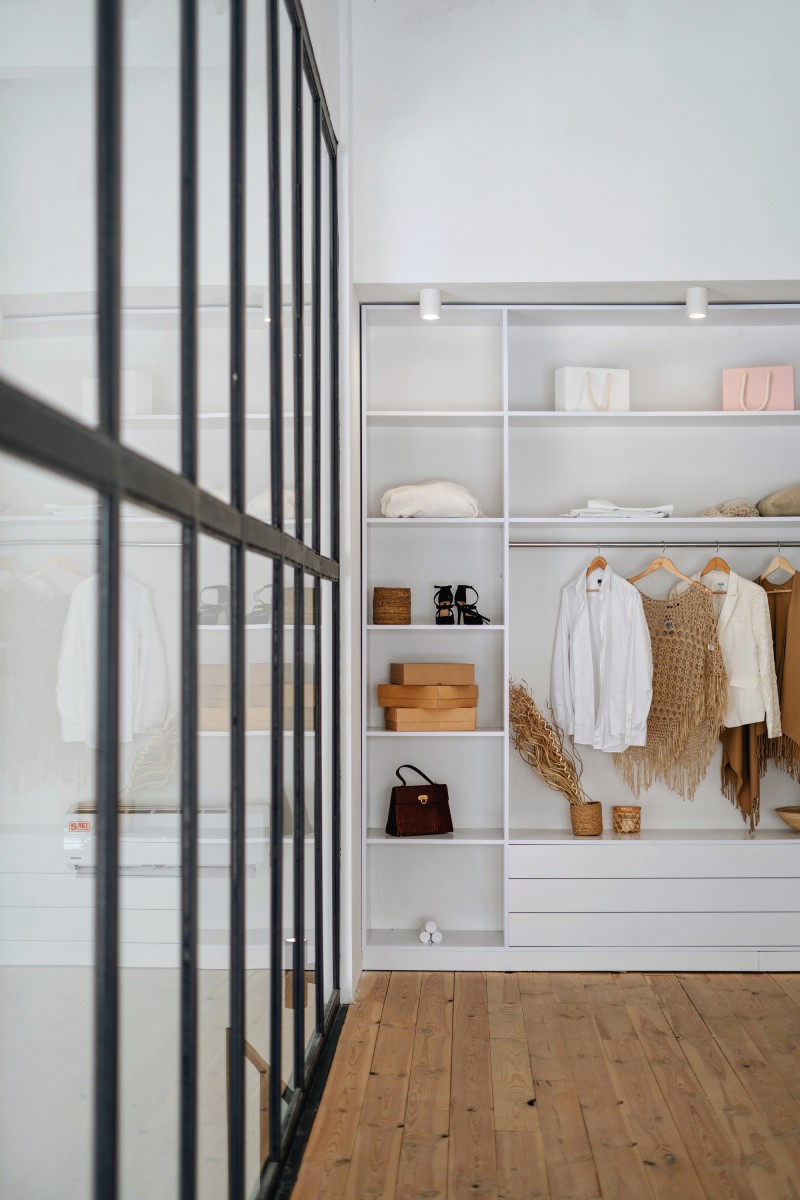
Steps to Declutter and Downsize
Decluttering and downsizing is often the first step towards embracing minimalism. Begin with one area of your home or one category of items at a time. Examine each item and ask yourself: “Does this add value to my life?” If the answer is no, it might be time to let it go. Remember, the goal isn’t just to get rid of stuff—it’s to make space for what’s truly important.
Building a Minimalist Wardrobe
When it comes to clothing, quality trumps quantity in a minimalist wardrobe. Start by eliminating pieces that you don’t wear or love. Then, focus on versatile items that can be mixed and matched to create multiple outfits. Embrace the idea of a “capsule wardrobe,” a small collection of useful clothing that you love, which changes with each season.
Adopting Minimalist Habits and Mindsets
Minimalism isn’t just about physical stuff—it’s also about clearing mental clutter. Simplify your schedule by focusing on your priorities and saying no to unnecessary commitments. Practice mindfulness to stay present and avoid the trap of constantly wanting more. Seek contentment in what you already have, and remember that you are enough just as you are—no purchase necessary.
As you embark on your minimalist journey, keep in mind that it’s not a one-size-fits-all approach. Your version of minimalism might look different from someone else’s, and that’s okay. The goal is to create a lifestyle that feels authentic and fulfilling to you. So, start small, be patient with yourself, and remember—minimalism isn’t about having less, it’s about making room for more: more time, more peace, and more life.
Conclusion
As we reach the conclusion of our exploration into minimalist living, it becomes clear that minimalism isn’t merely a personal lifestyle choice—it has profound implications for our planet. Let’s take a moment to reflect on the far-reaching benefits of embracing “less is more.”
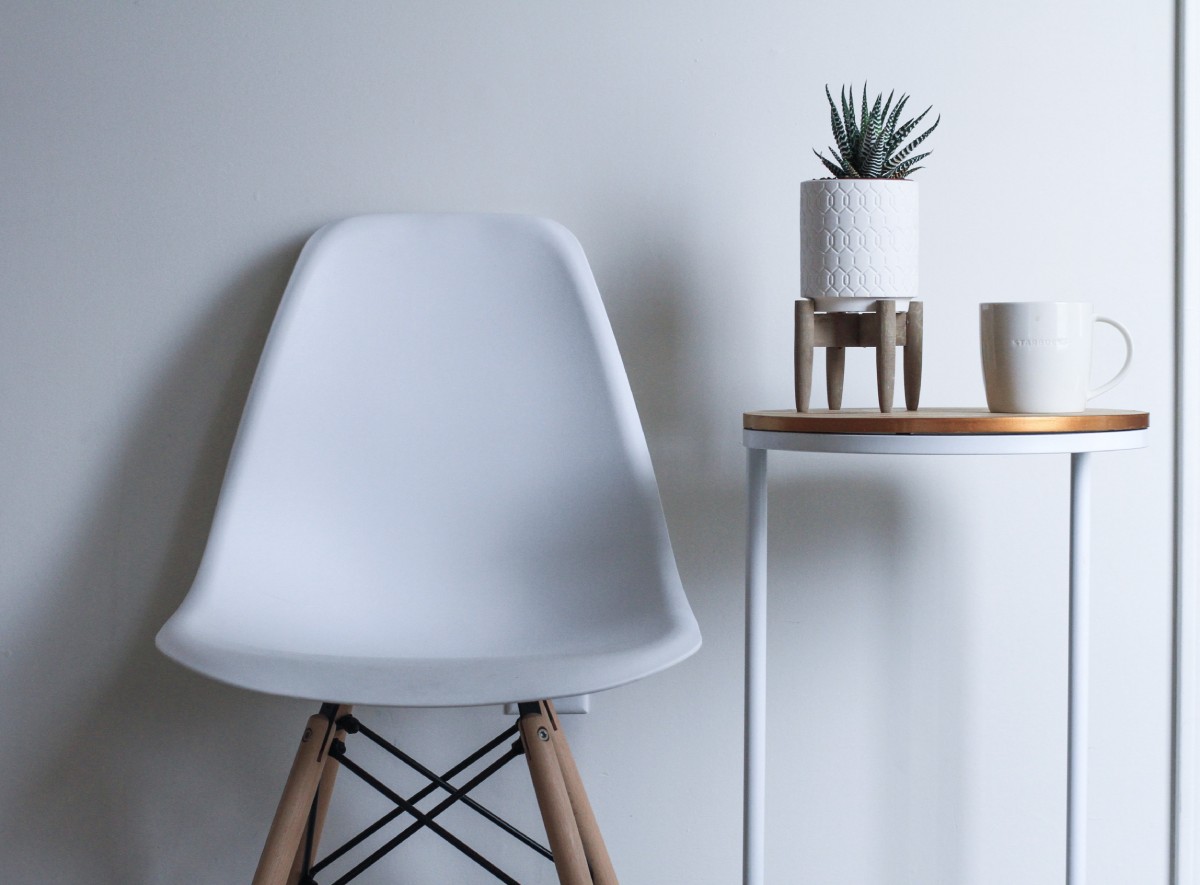
Recap of How Minimalism Benefits the Planet
By reducing personal consumption, minimalism directly curbs the waste we generate and the resources we deplete. A minimalist approach to life reduces our carbon footprint and contributes to a more sustainable world. As we’ve seen, embracing minimalism isn’t just about having fewer possessions; it’s about re-evaluating our relationship with stuff and making more mindful choices.
The Greater Implications of a Minimalist Lifestyle
Going beyond the environmental aspects, a minimalist lifestyle also holds promise for economic and mental well-being. Financially, it offers the opportunity to save money and achieve greater financial independence. Mentally, by reducing clutter—both physical and mental—it paves the way for reduced stress and a heightened focus on what truly matters.
Encouraging Readers to Embrace Less is More
At this point, you may be asking yourself: is minimalism right for me? Only you can answer that. But remember that minimalism isn’t an all-or-nothing proposition. You don’t have to get rid of all your possessions and live in a tiny house to reap the benefits. Even small steps toward reducing consumption can make a difference.
In the end, minimalism is about breaking free from the pressures of consumer culture and finding freedom in living with less. It’s about recognizing that we don’t need to own a lot of stuff to be happy—that, in fact, the opposite may be true.
So, are you ready to embrace the less-is-more ethos of minimalist living? Even if you take just one idea or strategy from this blog post and incorporate it into your life, you’ll be taking a step in the right direction. Remember, every journey begins with a single step. Here’s to your minimalist journey—and to a happier, healthier, more sustainable world.

